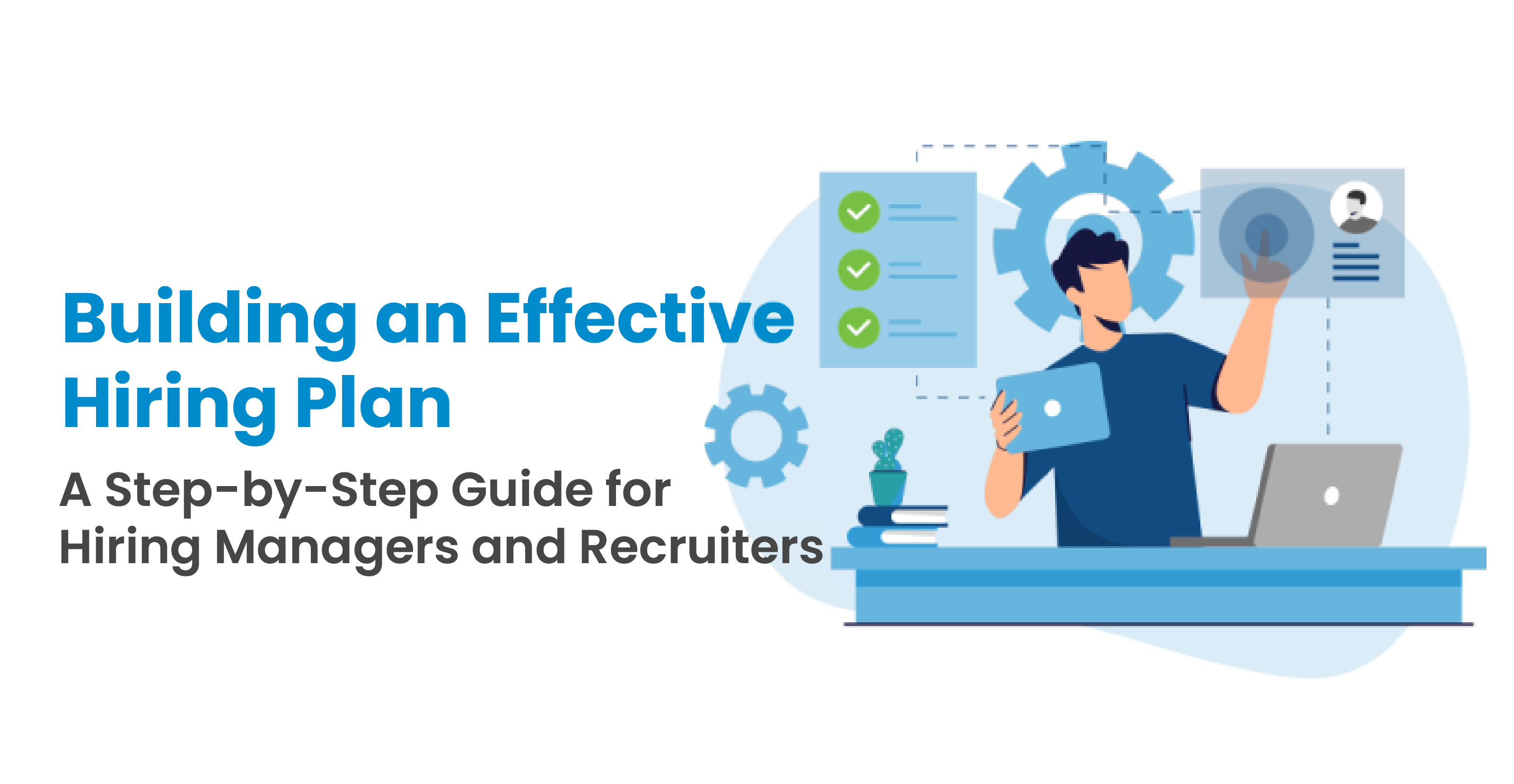Hey there, I’m thrilled to share some gems from my own journey in the world of hiring. This article will kick off a series where I discuss what it takes to run a great hiring process. I’ll cover the essential skills and habits that I’ve gathered from the best hiring managers I’ve worked with, and through my own several decades of learning and experience. We’ll start by talking about hiring plans.

The Kick-off: Developing your hiring plan
Think of this step as a project kick off – you are going to explicitly identify the hiring team, process, and objectives upfront, so you are ready to focus on finding the best candidates possible and will have clarity when it comes to recognizing and pursuing the ideal candidate.
This is an essential step that is often missed by people who are new to hiring.

1. Understand the Role
First things first, let’s talk about the job title and its core responsibilities. I’ve found the more specific you are here, the easier it becomes later. This step goes beyond drafting the job posting (which I’ll cover in a different piece).
The goal here is to make sure you really, clearly understand the 2-3 essential characteristics about the job, so you can carry these expectations over into all other steps of the process – from search, to screening and even new-employee onboarding.
The clearer and more specific your thinking is during this step, the easier it will be for you to recognize suitable candidates and gain conviction through the hiring process. Be sure to cover all of the following points.
- Screen the job title: Ensure it reflects the roles importance and scope.
- Detail core responsibilities: Link them directly to your organization’s goals
- Define competencies: What are the ideal behaviors this role requires? This perspective is useful for discerning between two equally qualified people with similar skills and experience.
- Impact expectations: How will an amazing candidate make your team better? How about you personally? Consider defining impact thresholds that separate a good candidate from a great candidate.
2. Determine Employee value proposition
Ask yourself, why would an “A” player want this job? What is it about this job and team that can attract an “A” player, and cause them to stay long term? Hiring and changing jobs is easier than ever these days, and so it is essential to have a compelling employee value proposition for every role you hire.
I often capture this in a short 1-2 sentence paragraph, with perhaps a few bullet points on the most compelling items. Bonus points if your messaging is aligned to your professional social media presence and company website.

3. Evaluating Performance
- Identify KPIs: Identify 2-3 measurable performance indicators.
- Set performance factors: Identify your non-KPI driven expectations.
4. Compensation Strategy

5. The Interview Process
- Who is involved in the decision?
- How many interviews are planned?
- What types of interviews? (single, panel, case study, etc)
- Will there be any testing steps? (ie, behavior or technical)

6. Timelines
7. Pulling it all together
– Job title
– core responsibilities
– required competencies
– impact expectations
2) Employee value proposition
3) Performance expectations with 2-3 measurable KPIs
4) Compensation defined
5) The interview process defined; and
6) The timelines including an end-date and time blocked out for 1st and 2nd interview rounds
8. Impact of technology
Wrapping up
This approach ensures a comprehensive and aligned hiring strategy and gives you the best chance of landing a superstar hire for your team.
Additional Resources
Also, if you want a comprehensive job analysis template to get started on finding a perfect fit for your team, you can access our template for free here.

With over two decades of experience in the technology sector, Kent specializes in leading business and technology initiatives, both internally at Procom and on behalf of its clients. He’s built teams, led projects and navigated critical business transformation initiatives along the way.






